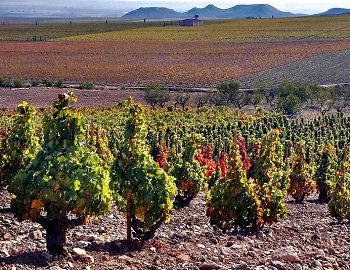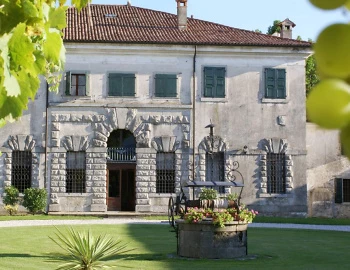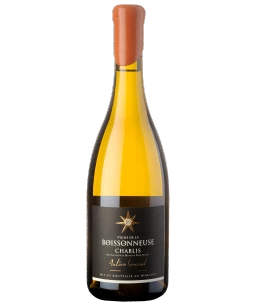Domaine Julien Brocard
The seven vineyards - Chablis "naturally"
Julien Brocard's domaine is located in Préhy, just a few kilometres from the town of Chablis in northern Burgundy. The aim of the domaine is to bring out the true character of the wines without any distortion, and for this purpose the vines have been cultivated biodynamically since 2011.
In 1973 Jean-Marc Brocard planted his first vines in the Chablis winegrowing region. In 1995 Julien Brocard followed in his father's footsteps and took on his first responsibilities in the family business. Together they created ecological niches by planting new fruit trees typical of the region, such as hazelnut, pear and vineyard peach. These promote biodiversity and the balance between animals and plants. In 1997 Julien Brocard discovered the vineyard of La Boissonneuse, where he ventured on his first biodynamic experiments. This vineyard received biodynamic certification as early as 2002. All the other vineyards and plots were also gradually converted to biodynamics.
White wines from Domaine Julien Brocard
from Domaine Julien Brocard
Biodynamic agriculture requires constant monitoring and care by humans and the use of traditional methods and tools, such as the horse-drawn plough, in order to create a natural connection between humans, the soil and plants. The soil of limestone and clay with fossil oyster shells, also known as Kimmeridgian, and the region's temperate continental climate with warm summers, long winters and the threat of frost are factors to consider. A compressed air press is used to extract the juice from the hand-picked Chardonnay grapes, which is then fermented in one of 22 large oak barrels with a capacity of 15 to 100 hectolitres. This allows for slow oxygenation and preserves the unique flavour of each vineyard plot.
Julien Brocard now creates seven wines from the seven different vineyards which make up his domaine. The bottles are sealed with wax, stamped by hand, wrapped in tissue paper and packed in a box that holds seven bottles and was specially designed for this range. The wines all captivate with their individual character, starting with La Boissonneuse, with its ripe fruity notes, creamy structure and clearly defined minerality, and ending with the Grand Cru Les Preuses, powerful and rich with pronounced minerality and exceptional ageing potential. All these wines have one thing in common: they are very well defined and come to life on the palate. Santé!
Producer

Bodega Palacios Remondo
He was born 'at home', right above his father's bodega – Álvaro Palacios, Spains star vintner. The scent of wine and barrels must have been lying in the air and thus dictated his further life. He studied oenology in Bordeaux and gathered professional experience at the Château Pétrus, and in London, Dublin, and California. Today, he owns vines in the Priorat county, in Bierzo, and at home in the Rioja, and proves his extraordinary talent with premium wines year after year.

Rosa Bosco
Rosa Bosco, already somewhat of a legend in the oenological world of Friuli, founded her label “RB” in 1998. Her wines are vinified and aged in the de Puppi family’s traditional azienda according to the credo "quality without compromise”.

Bladnoch Distillery
Founded in 1817, Bladnoch is one of Scotland's oldest distilleries with over 200 years of eventful history and has always been privately owned. It is nestled between lush green meadows in the county of Dumfries & Galloway, making it the most southerly distillery in the country.







